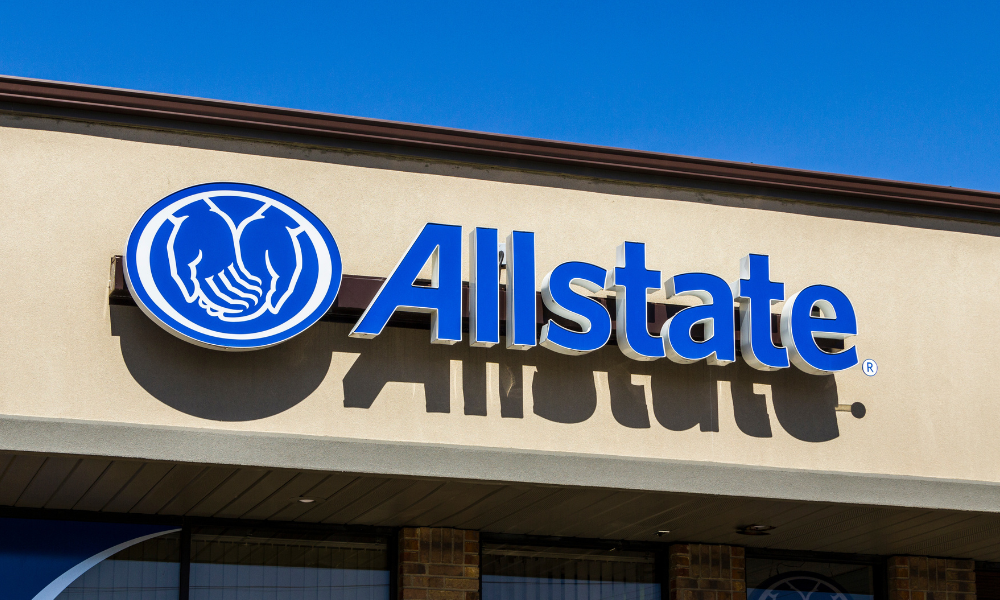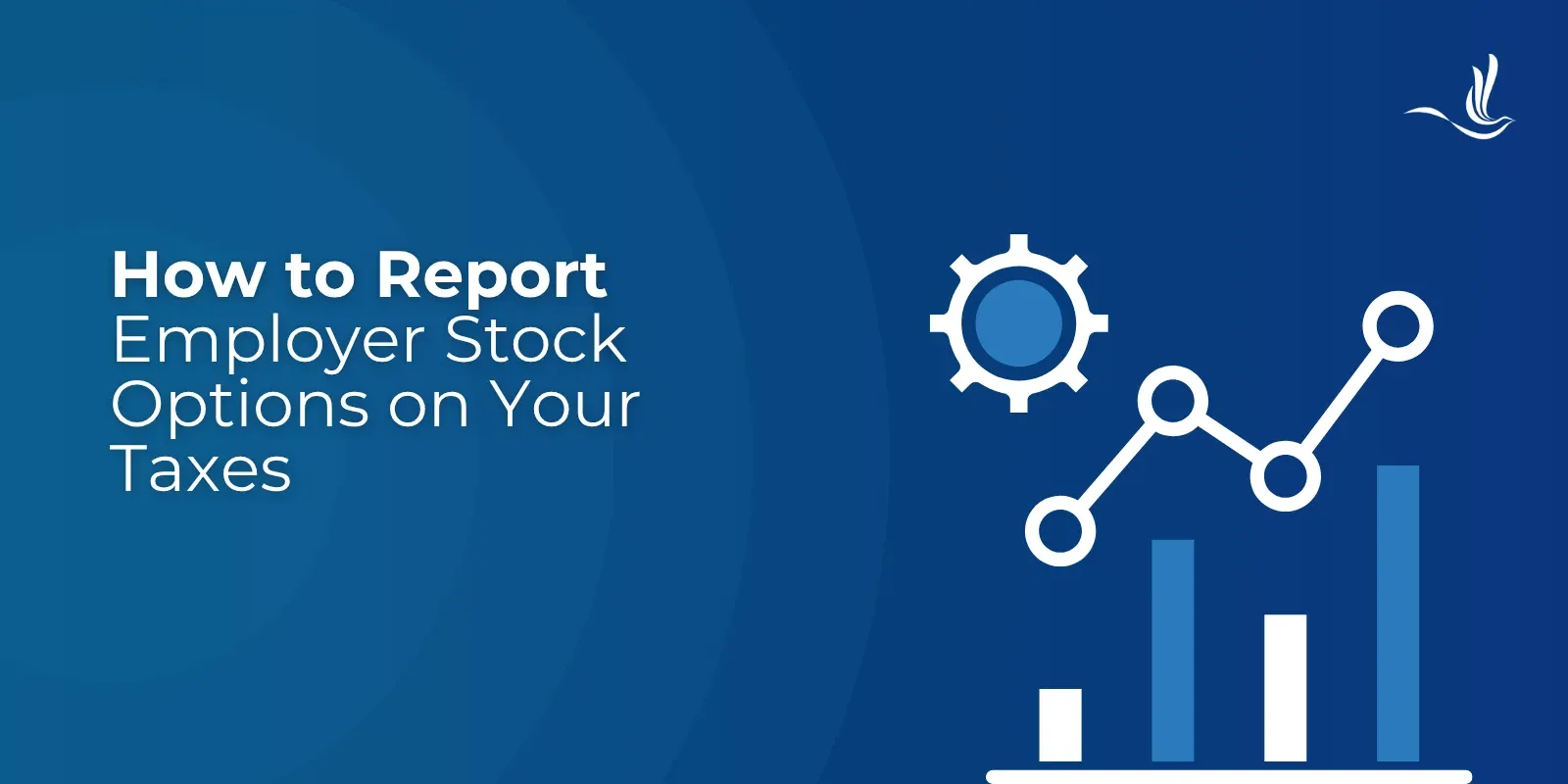Investors have largely stayed the course throughout the pandemic, according to a new national poll from Kiplinger-Personal Capital that found 63% of retirees and near retirees have stuck to their retirement plans this past year, despite the recent market volatility as seen just last week.
Even in the midst of an ongoing global pandemic, retirees and near-retirees remain cautiously optimistic about their retirement and the economy; 3 out of 4 say they are “very or somewhat confident” they will have enough income to live comfortably throughout retirement.
So what does the average portfolio look like for retirees and near retirees who did well this past year? The survey, which polled 772 respondents ages 40 and up, found portfolios on average were made up of the following:
- 35% stocks
- 26% cash
- 15% bonds
- 9% real estate
- 15% other
The asset allocation of investors remains conservative across genders, ages, and whether investors are retired or not.
Pandemic Impacts Investment Habits
More than one in five (22%), however, say they have become more risk averse after seeing how quickly the market can change. Only 13% report feeling more bullish about stocks.
Higher income investors ($200,000+) were almost three times more likely than less affluent investors to say they became increasingly bullish in 2020 and added stocks to their portfolio. That may be due in part to the fact that they were also more likely to report a “significant” increase in the value of their portfolio during the pandemic compared with investors with income less than $200,000 (22% vs. 12%).
Despite the U.S. stock market ending 2020 at a record high and total household net worths at record highs, more than half (54%) of investors reported only moderate gains in their portfolio since the start of that year.
Nearly one-third (32%) have changed their asset allocation since the pandemic. Of those who made changes:
- 13% added more stocks
- 9% added bonds
- 9% increased their cash or cash-like holdings
But confidence might be waning for recent retirees, as 29% of those who have recently entered retirement said they felt “very” confident about their future income, compared with 53% who are well into their retirement, or who have been retired for at least 15 years now.
Average Portfolio Balances Among Investors 50+
According to anonymized data from Personal Capital’s over 3 million dashboard users pulled this month, investors in their 50s and 60s keep between 39% and 42% of their portfolio assets in U.S. stocks and about 10% in international stocks, about 7% to 11% are held in U.S. bonds, and 21% to 23% in cash.
The median value of the top assets* in portfolios for these age groups is as follows (as of 9/23/21):
*Approximately 9-12% of assets are unclassified.
Older investors in their 70s and over keep between 38% and 39% of their portfolio assets in U.S. stocks, 6% and 9% in international stocks, 26% to 31% in cash, and 12% to 13% in U.S. bonds.
The median value of top assets in portfolios* for these age groups is as follows:
*Data does not include assets labeled as unclassified.
Older investors tend to have the highest home country bias.
Investors in their 80s have 85% of their stock exposure in the U.S., and investors in their 90s have 88.5% of their stock exposure in the U.S.
Top Tips for Retirees and Near Retirees in Volatile Times
Regardless of an investor’s age, the market volatility happening right now is not for the faint of heart. But for those who are about to retire or have recently retired, many are asking what to do during a down market.
“It’s terrifying for someone to see the market going down when they are about to retire,” said Jesse Piburn, a Senior Financial Advisor located in Personal Capital’s Denver office. “We’re hearing a lot of questions from those folks asking, ‘If I lose 20% of my portfolio, am I still able to retire?’ And if proper planning has been done, then yes absolutely you can.”
Here are some tips to consider in making sure your retirement plans can weather market volatility.
1. Make sure you are properly diversified.
2. Keep your spending on track.
When heading into retirement, now is not the time to overspend.
Instead you should be spending less. Lifestyle adjustments can often be more impactful than adjustments to your portfolio.
3. Ensure your risk tolerance is aligned with your retirement plans.
4. Don’t forget long-term needs.
Just because your medical expenses are not high when you hit retirement, doesn’t mean you shouldn’t plan for higher medical expenses later in life or for those unexpected costs that might throw a wrench in your plans.
Bottom line: The best advice for retirees or near-retirees is to review your strategy regularly with a fiduciary financial advisor to ensure it is properly updated given market changes.
———
Survey Methodology:
The Kiplinger-Personal Capital national poll on The Impact of the Pandemic on Retiree Confidence was conducted June 17-24, 2021, with 772 respondents, none of which are wealth management clients of Personal Capital Advisors Corporation (“PCAC”).
The survey has a margin of error of +/- 3.52%. Respondents were screened for age (40 and older), retirement status (fully or partially retired, or plan to retire within five years), and net worth (at least $100,000). Demographic profile: Average Age: 65; average household income before taxes in 2021: $127,688; employment status: 76% full or partially retired (Of those, 81% retired within the past 15 years); average household net worth excluding primary residence: $728,821; 49% male; 51% female.
Original Article






